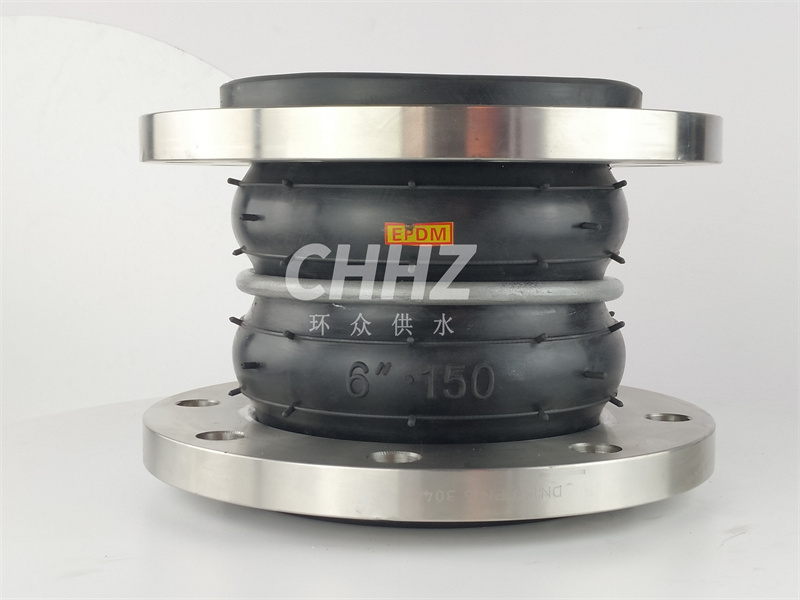Features of EPDM bendable flexible rubber joints
Features of EPDM bendable flexible rubber joints
The production of bendable flexural rubber soft joints for over seawater medium is completed and has been sent to Zhangjiakou construction site. Since the operating temperature is 120℃ and the working pressure is 25kg, the material of the rubber joint adopts EPDM EPDM for the sphere and 316L for the flange. The rubber sphere of the rubber joint is the main working element, and there are various materials such as nitrile rubber, EPDM, neoprene, silicone rubber and fluorine rubber. The EPDM single ball rubber joint selected by Manager Ma plays the role of reducing pipeline vibration while conveying seawater media. In addition to the characteristics of the bendable single ball rubber joint itself with vibration damping, more is the characteristics of the rubber sphere material itself.

EPDM rubber material has ozone resistance, UV resistance, weather resistance, water resistance and aging, and better impact elasticity. Mainly suitable for alkaline wastewater, compressed air, oil-free hydrocarbons and chemical media. The disadvantage is that it is not applicable to the working condition of medium containing petroleum and mineral oil, and the use temperature is 150℃.

The installation of bendable single ball rubber joint should be made in a natural straight state, and its deformation is not allowed to compensate for the installation deviation of the pipeline. The deformation should be no more than 5mm in pull or pressure, and no more than 3mm in different axis from the pipe, and a layer of graphite paste dispersed in water or propylene glycol should be applied on the rubber surface of the flange to prevent the damage of the rubber surface caused by over-tightening of the joint during disassembly. The bolts shall be tightened symmetrically with pressure so that all bolts are loosened and tightened in the same way. In case of vibration, anti-loosening measures should be taken to prevent the nuts from loosening.

